Introduction: What Gets Measured, Gets Managed
“Imagine navigating a ship across uncharted waters without a compass or map.”
Without measurable data, HR managers cannot determine onboarding effectiveness or identify areas for improvement. Leveraging Cognitive Load Theory (CLT) principles allows organisations to evaluate onboarding programs precisely, enhancing processes and boosting new hire success rates.
Why Measuring Onboarding Matters
Tracking onboarding metrics benefits organisations in several ways:
- Improves Retention: Highlights gaps leading to disengagement and turnover.
- Accelerates Productivity: Identifies employee struggles to streamline processes.
- Boosts ROI: Links onboarding improvements to tangible business outcomes.
Key Onboarding Metrics to Track
1. Time to Productivity
Definition: Time it takes for a new hire to become fully productive.
Why It Matters: Shorter time to productivity reflects efficient onboarding.
How to Measure:
- Define productivity benchmarks per role.
- Track the time taken to achieve these milestones.
Example: For a sales associate, track the number of days until their first closed deal.
2. Employee Retention Rates
Definition: Percentage of employees remaining after a set period.
Why It Matters: Structured onboarding boosts retention by fostering a supportive environment.
How to Measure:
- Compare retention rates for structured vs. unstructured onboarding.
- Monitor new hire turnover rates within the first year.
Example: Retention rates improved by 20% following a personalised onboarding program.
3. New Hire Satisfaction
Definition: Satisfaction levels regarding the onboarding experience.
Why It Matters: Higher satisfaction correlates with engagement and performance.
How to Measure:
- Use surveys or one-on-one interviews post-onboarding.
- Include questions about clarity, relevance, and satisfaction.
Example: Use Net Promoter Score (NPS) to ask, “How likely are you to recommend this onboarding program?”
4. Knowledge Retention
Definition: The extent new hires retain and apply onboarding information.
Why It Matters: Poor retention delays productivity and causes confusion.
How to Measure:
- Evaluate understanding through quizzes or assessments.
- Monitor task performance on onboarding-related topics.
Example: Test customer service reps on company policies after their first month.
5. Task Completion Rates
Definition: Percentage of onboarding tasks completed on time.
Why It Matters: High completion rates reflect a structured, clear process.
How to Measure:
- Track completion of mandatory tasks and training modules.
- Identify bottlenecks causing delays.
Example: 95% of new hires complete the “Company Values” module in their first week.
6. Feedback from Supervisors
Definition: Managerial insights into new hire performance and integration.
Why It Matters: Provides actionable context about onboarding success.
How to Measure:
- Schedule regular check-ins.
- Gather feedback using structured evaluations.
Example: A manager’s report highlights a new hire’s technical proficiency but notes struggles with collaboration.
Using CLT to Interpret Onboarding Metrics
1. Identify Cognitive Overload
Metrics like low retention or incomplete tasks may indicate extraneous cognitive load.
2. Optimise Complexity
Long time-to-productivity metrics could suggest intrinsic load needs better scaffolding.
3. Foster Engagement
Low satisfaction scores can prompt the inclusion of active learning techniques to enhance germane load.
Tools for Measuring Onboarding Impact
- Learning Management Systems (LMS): Monitor task completion and quiz results.
- Survey Platforms: Collect structured feedback from new hires.
- HR Analytics Tools: Analyse trends in retention and productivity.
- Dashboards: Centralise data for a holistic view of progress.
The Benefits of Measuring Onboarding
- Informed Decision-Making: Data drives actionable improvements.
- Increased Efficiency: Bottleneck identification streamlines training.
- Enhanced Employee Experience: Satisfied employees are more engaged.
- Higher ROI: Proves the business impact of effective onboarding.
Conclusion: Make Metrics Your Compass
“Are you navigating onboarding with a clear map, or relying on guesswork?”
Measuring onboarding success equips HR teams with the tools to refine and align processes with organisational goals. Metrics, when interpreted through CLT principles, lead to onboarding programs that are efficient, impactful, and supportive.
Takeaways
- Track Metrics: Focus on time to productivity, retention, satisfaction, and knowledge retention.
- Leverage CLT Principles: Address cognitive overload and foster meaningful learning.
- Use Technology: Tools like LMS platforms and dashboards simplify tracking and analysis.
Tips for the Workplace
- Set Clear Benchmarks: Define success for each metric.
- Use Technology: Automate tracking with LMS and HR analytics tools.
- Evaluate Regularly: Identify trends through periodic data analysis.
- Gather Feedback: Enhance onboarding using employee insights.
- Share Insights: Communicate findings with stakeholders to drive continuous improvement.
References
- Sweller, J. (1988). Cognitive Load During Problem Solving: Effects on Learning. https://doi.org/10.1016/0364-0213(88)90023-7
- Mayer, R. E. (2005). Cognitive Theory of Multimedia Learning. https://doi.org/10.1017/CBO9780511816819
- SHRM. (2019). Onboarding Metrics That Matter. https://www.shrm.org
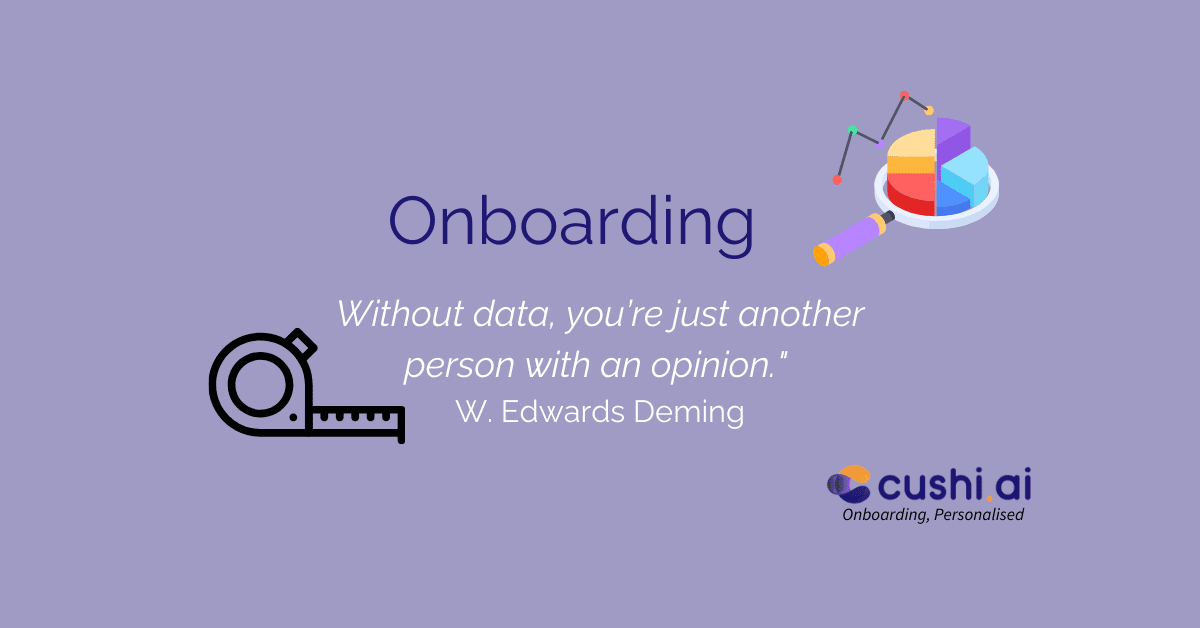
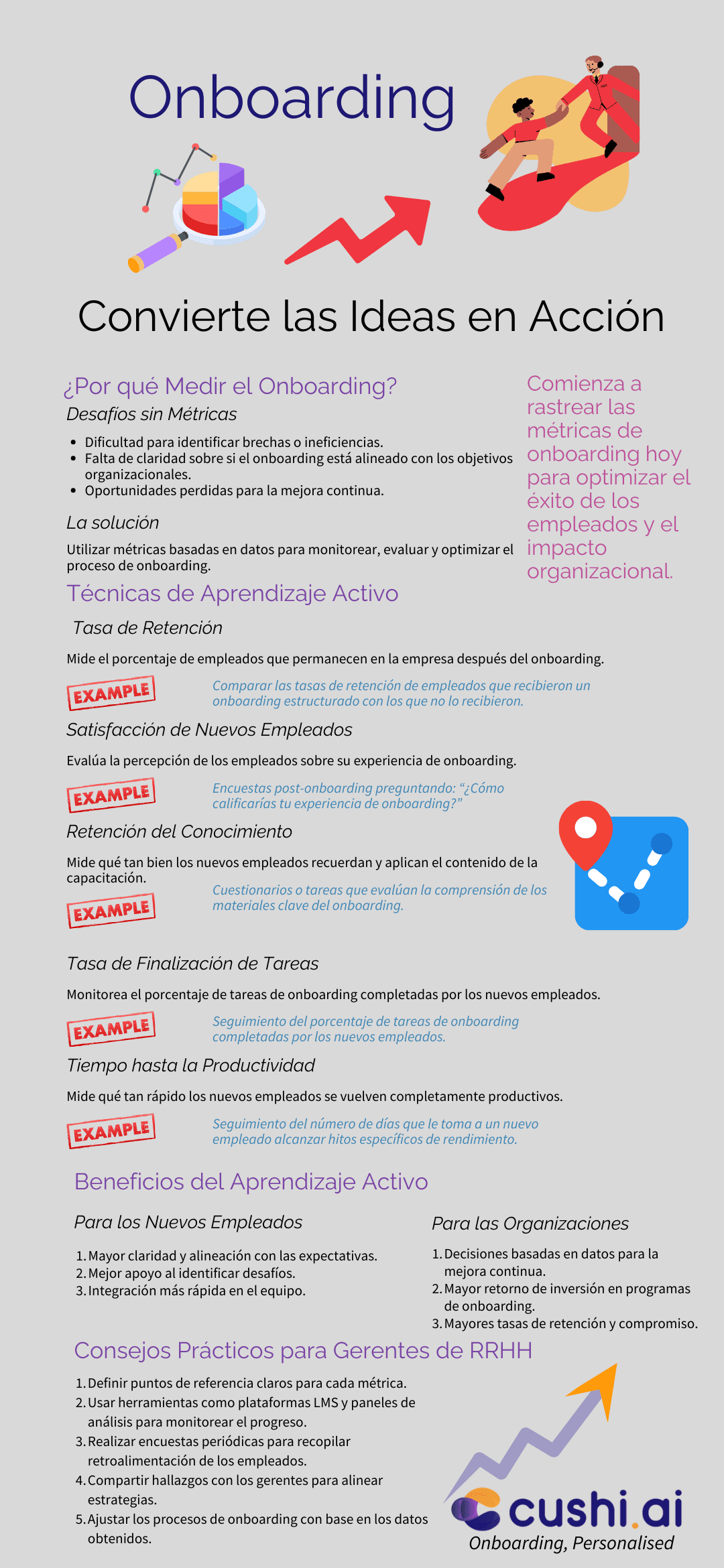
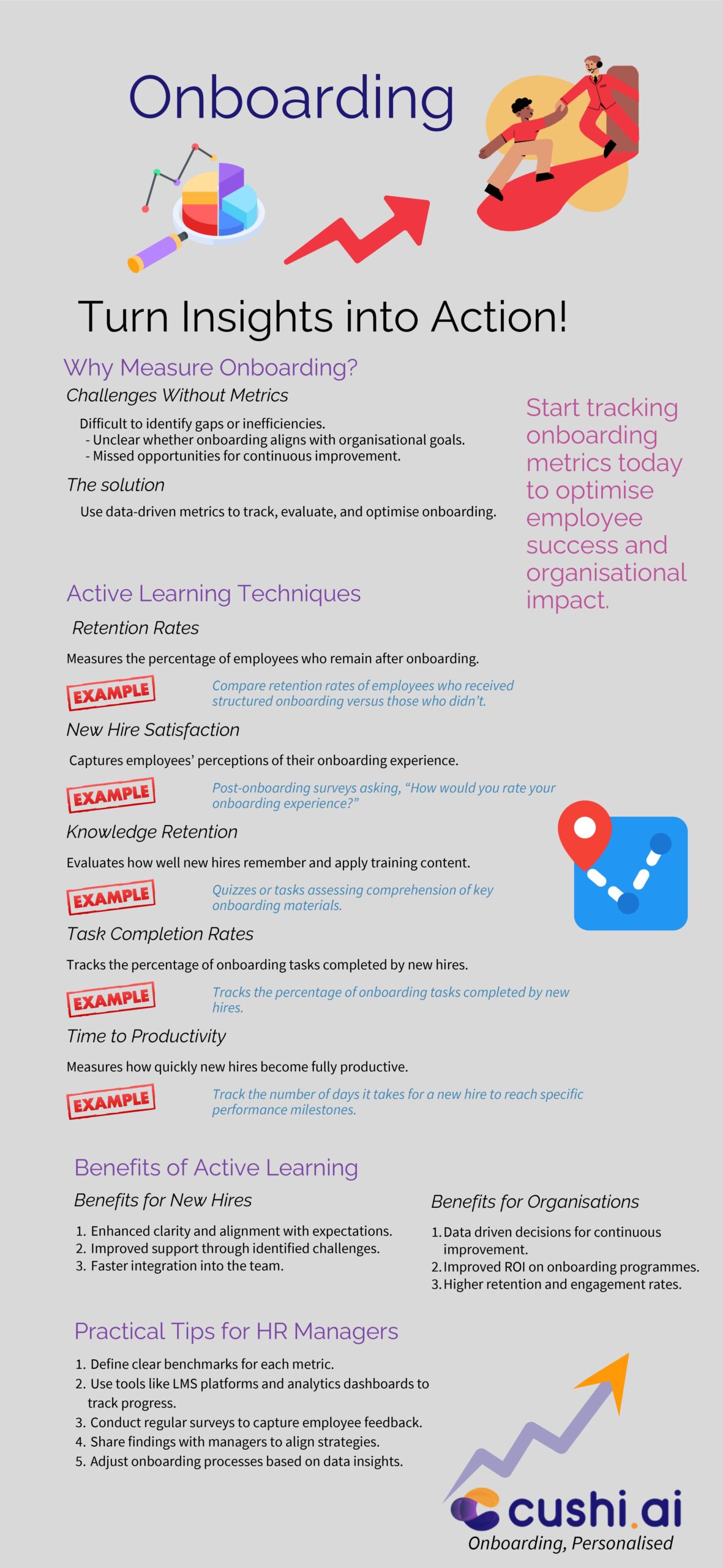
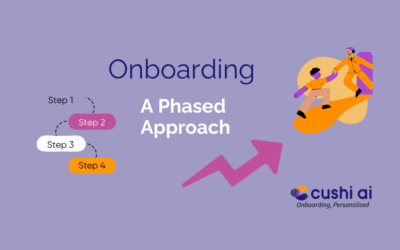
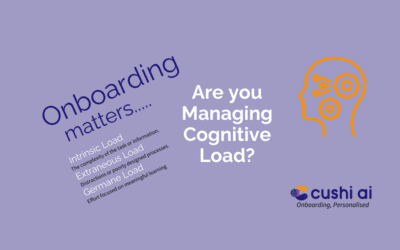
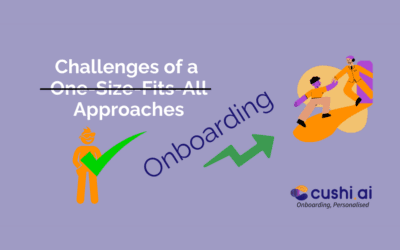
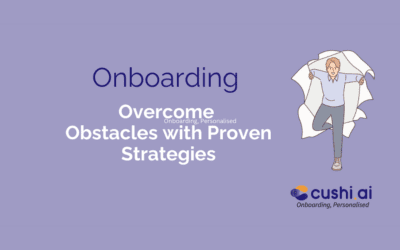
0 Comments